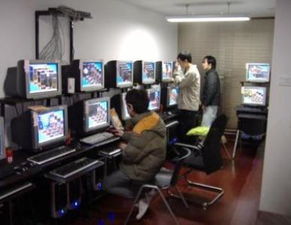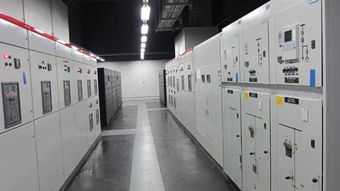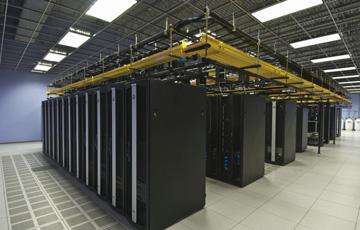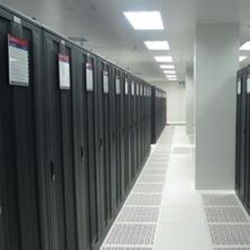来源:小编 更新:2024-11-28 03:48:45
用手机看

Computer labs have traditionally been associated with academic activities such as research, coding, and studying. However, with the rise of gaming technology, these spaces are increasingly becoming hubs for recreational gaming. This article explores the phenomenon of gaming in computer labs, its benefits, challenges, and the evolving role of these facilities.

One of the primary benefits of incorporating gaming in computer labs is the enhancement of student engagement. Games can serve as a powerful tool for learning, providing interactive and immersive experiences that can complement traditional educational methods. Here are some key advantages:
Increased Motivation: Gamified learning can make educational content more appealing and enjoyable, leading to increased motivation among students.
Enhanced Learning Outcomes: Some studies have shown that gamified learning can improve knowledge retention and problem-solving skills.
Collaboration and Teamwork: Many games require players to work together, fostering collaboration and teamwork skills that are valuable in both academic and professional settings.
Stress Relief: Gaming can be a great way for students to relax and de-stress after a long day of studying.

While there are numerous benefits, there are also challenges associated with integrating gaming into computer labs. Here are some of the key issues:
Resource Allocation: Ensuring that computer labs have the necessary hardware and software to support gaming can be costly and resource-intensive.
Time Management: There is a risk that students may become overly engrossed in gaming, leading to a lack of focus on academic tasks.
Accessibility: Not all students may have equal access to gaming resources, which could lead to disparities in learning opportunities.
Monitoring and Moderation: It is essential to monitor gaming activities to ensure that they do not interfere with academic responsibilities.

Computer labs can host a variety of games, each with its unique educational value. Here are some popular types of games that are often found in these facilities:
Educational Games: These games are designed specifically to teach students about a particular subject or skill, such as history, science, or mathematics.
Simulation Games: Simulation games allow students to explore real-world scenarios and make decisions that have consequences, providing valuable hands-on experience.
Strategy Games: Strategy games can help students develop critical thinking and problem-solving skills as they navigate complex game environments.
Competitive Games: Competitive games can encourage students to work together and compete against others, fostering teamwork and sportsmanship.

Successfully integrating gaming into computer labs requires careful planning and consideration. Here are some best practices to keep in mind:
Establish Clear Policies: Develop clear guidelines for gaming in computer labs, including time limits, acceptable game types, and consequences for misuse.
Train Staff: Ensure that lab staff are knowledgeable about the games available and can provide guidance and support to students.
Monitor Usage: Regularly monitor gaming activities to ensure that they are not disrupting academic work.
Encourage Balance: Encourage students to maintain a balance between gaming and academic responsibilities.

Gaming in computer labs is a growing trend that offers numerous benefits for students. By carefully planning and implementing gaming initiatives, educational institutions can create a more engaging and dynamic learning environment. While challenges exist, the potential for enhancing student engagement and learning outcomes makes gaming in computer labs a valuable addition to the educational landscape.
